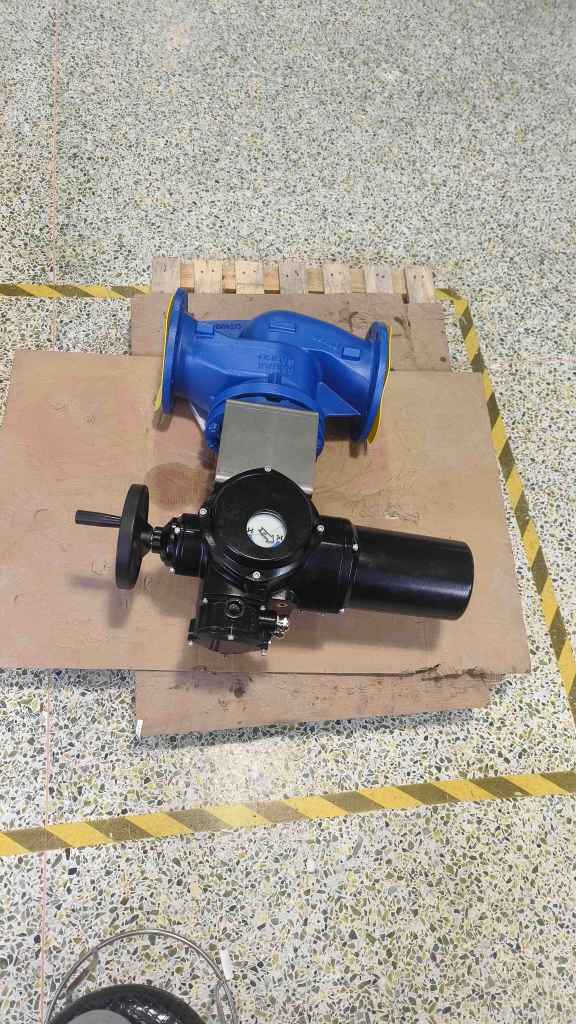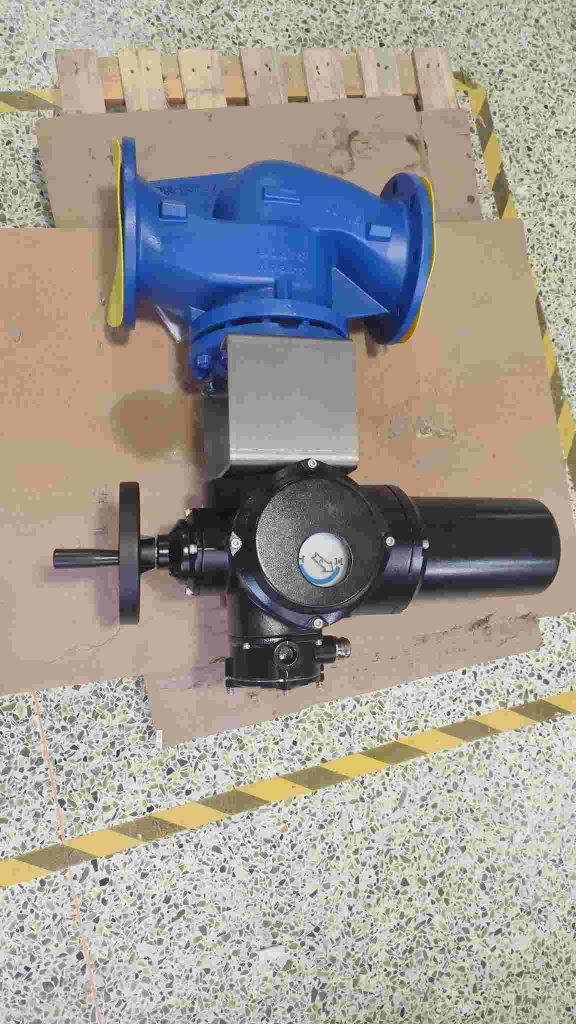An electric bellows stop valve is an essential component in many modern industrial systems. It combines the functionality of a stop valve with the precision and control of electric actuation, offering an efficient solution for regulating the flow of fluids, gases, or other materials in pipelines and various equipment. In this article, we will delve into the workings, applications, and benefits of the electric bellows stop valve, exploring how this technology enhances operational efficiency and safety in different industries.

What is an Electric Bellows Stop Valve?

At its core, an electric bellows stop valve is designed to control the flow of fluids or gases through a pipe or system. Unlike traditional manual valves, which require human intervention to operate, an electric bellows stop valve uses an electric actuator to open or close the valve automatically. The “bellows” part refers to a flexible, sealed diaphragm within the valve that helps to maintain pressure and prevent leakage, especially in high-pressure applications. This type of valve typically consists of several key components: the valve body, an electric actuator, a bellows assembly, and various seals. The actuator is responsible for driving the movement of the valve, while the bellows provides a flexible barrier to prevent the leakage of fluids under pressure. The valve’s body holds the internal components together and is designed to withstand the operational stresses associated with the specific application.

Leave a Reply